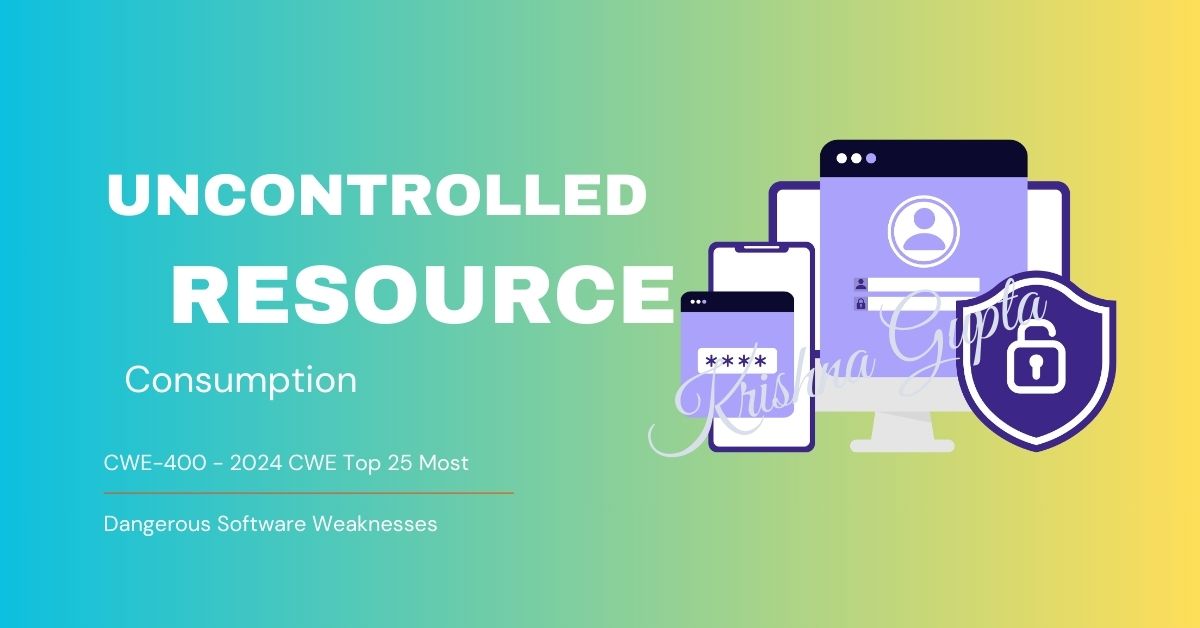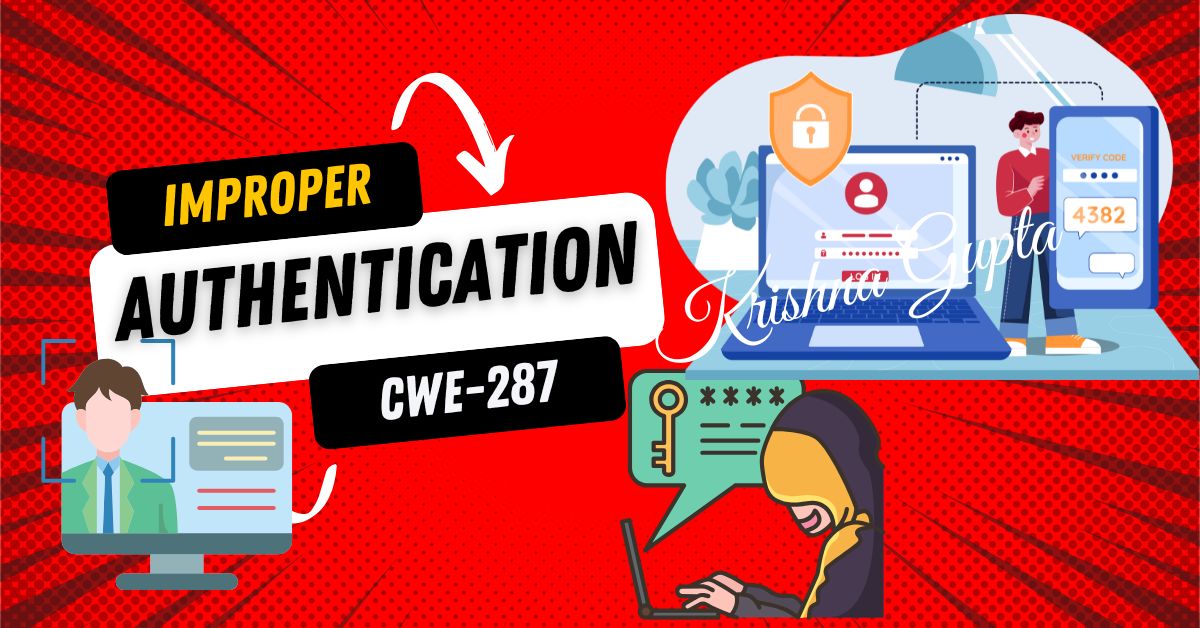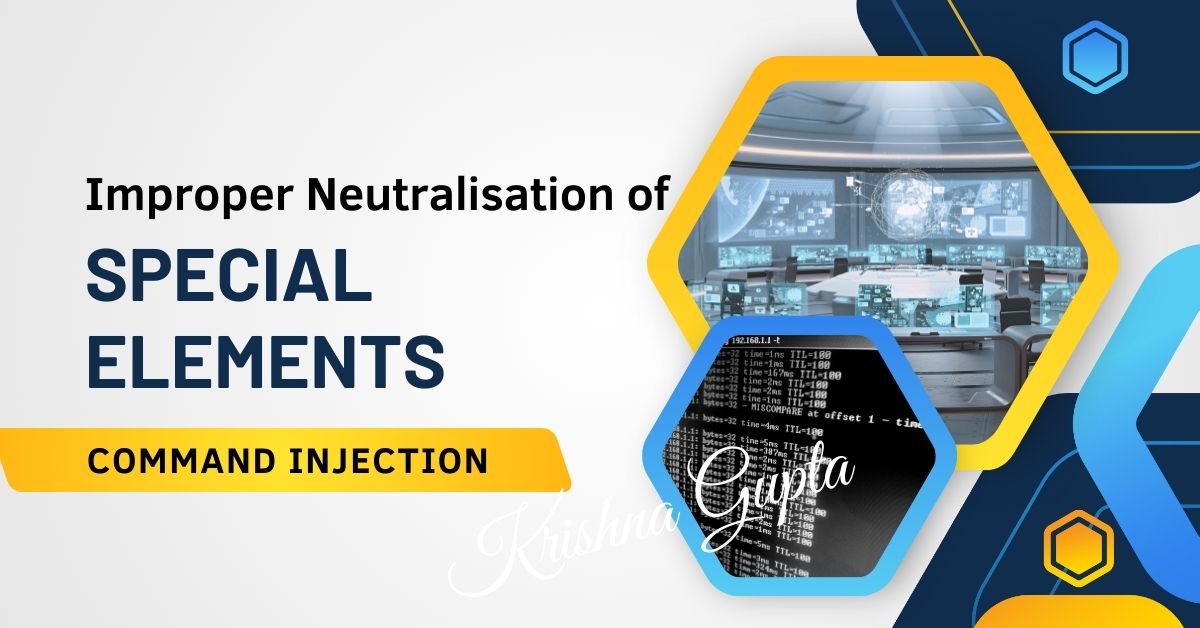The 2024 CWE Top 25 Most Dangerous Software Weaknesses: Uncontrolled Resource Consumption (CWE-400)
CWE-400, also referred to as resource exhaustion, occurs when a system fails to properly manage or limit the use of resources such as CPU, memory, disk space, or network bandwidth. Attackers exploit this weakness to degrade system performance or cause a complete denial of service (DoS).



